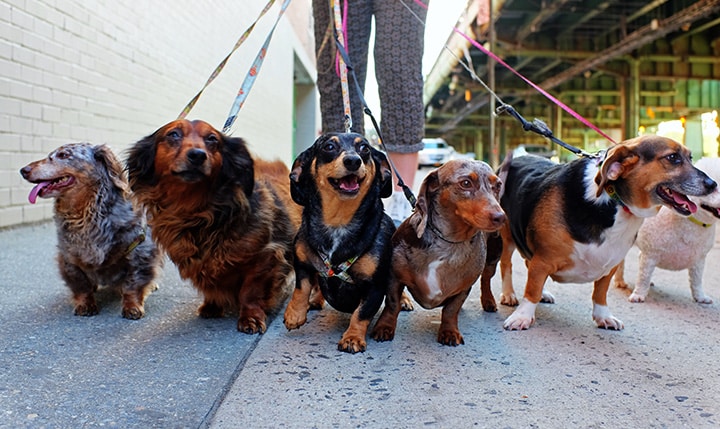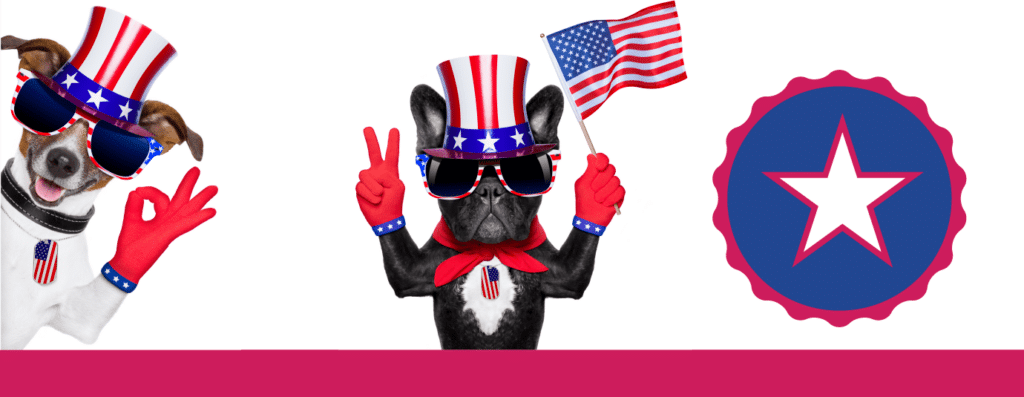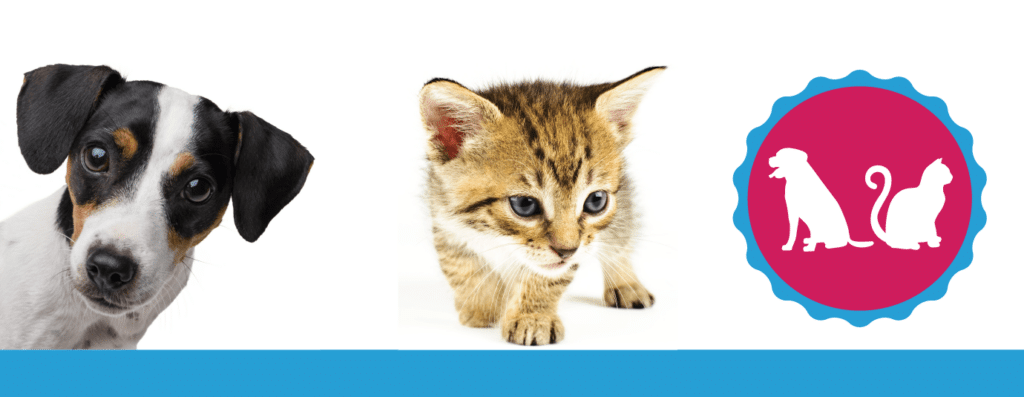A popular pet safety question pet parents are asking these days is, which is better for my pup—a harness or a collar? This is an important question concerning pet safety.
Many pet owners walk their dogs unaware they are using the wrong equipment which can possibly be harming their dog. Dogs with breathing complications or behavioral issues like pulling and lunging will need specific equipment that addresses their needs.
So which is better, a harness or a collar? The answer depends on your pup. Your dog\’s body type and size, training goals, and medical conditions all affect whether you will want to use a harness or a collar. Assess the needs of your dog to make a decision of whether to use a collar or a harness. Keep pet safety in mind!
Pet Safety Features of the Harness
Harnesses are an increasingly popular choice for pet owners these days. The reason their popularity is growing is because of misinformation on collars and more awareness of the harm dogs can self-inflict while pulling and lunging on a leash.
Harnesses are the best choice for dogs that excessively pull at their leash or have a tendency to jerk forward suddenly. This strains their throat and neck area. Tracheal problems can occur if this strain is constant over time. Using a harness will neutralize the strain on a dog\’s neck by balancing out pressure from a taut leash.
Toy breeds like Chihuahuas, Poodles, and French Bulldogs are also great candidates for harnesses. Dogs like these are more delicate because of their size and the pull of a collar could damage their neck. Even when leading a dog gently on a leash many pet owners are unaware of the pressure they are putting on their dog. This makes harnesses a good pet safety choice for the toy breeds.
Also, owners of dogs with breathing complications like Pugs or Shar Peis might want to consider using a harness. Dogs like these have loose folds of skin and wrinkles that make these breeds more susceptible to breathing complications from airway obstructions. The less pressure accrued around the dog\’s neck area, the easier time they will have breathing. A harness places pressure evenly throughout the chest which will not obstruct a dog\’s airways.
Pet Safety Features of the Collar
Collars are traditionally the pet supply of choice when it comes to clipping a leash around your dog. The most popular of collars is the necklace style collar, but collars also come in martingale styles and metal choke collars, which we do not recommend using. Choke collars can be dangerous and harmful to dogs, especially if they are prone to pulling.
Dogs that are trained securely to walk on a leash without pulling will love their traditional collars. Pet owners do not need to worry about pet safety issues like tracheal damage or suffocation. The only time a collar is not recommended is if a dog has respiratory problems. Otherwise, go ahead and feel confident in putting a collar on your dog.
There are a few popular styles of collars. The \’greyhound\’ collar, or martingale, is used for dogs with elongated snouts and necks like the Greyhound and other sighthounds like Whippets or Afghan Hounds who often \’slip out\’ of regular collars. Dogs that also have short necks and round heads like French Bulldogs and Pit Bulls might need a martingale. Because these dogs body type regular collars can slip off easily.
The martingale collar gently closes around the neck if a dog pulls or backs up. This keeps the collar flush with the neck lessening the chances of the collar falling off. Its function makes it a great option for pet owners and their dogs.
Hybrid Options for Dog Training
Despite training programs and good habits, some dogs continue to pull on the leash. Bloodhounds and other sniffers are especially known for pulling because their heads are low to the ground sniffing out the scents of their walk. If you have an adult dog that you have tried relentlessly to train against pulling, you may want to consider using a head halter. These collars are designed to restrain pulling as a tool to use for behavioral correction.
The collar attaches to the back of the head and then around the snout. The head halter does not act as a muzzle because a dog can still open its mouth with the head halter on. A head halter is a good option for pet safety and humane choice for dogs that need restraint when being walked. The collar is also called brand names like \’gentle leader\’ or \’promise collar.\’
When a dog pulls on their leash the collar\’s design will gently pull a dog\’s nose down and their head toward you making it difficult for them to continue pulling. This discourages the behavior of pulling with a pet\’s safety and comfort in mind.
Splash and Dash Groomerie & Boutique offers selections for responsible pet owners every need. Come visit a shop and find out!
Follow Splash and Dash Groomerie & Boutique:
- Website: http://splashanddashvip.com/
- Website: https://splashanddashfranchise.com/
- Facebook: https://www.facebook.com/splashanddashfordogs/
- Instagram: @splashanddashfordogs
- LinkedIn: https://www.linkedin.com/in/dan-j-barton-622ab517
- Twitter: splashanddash4dogs



